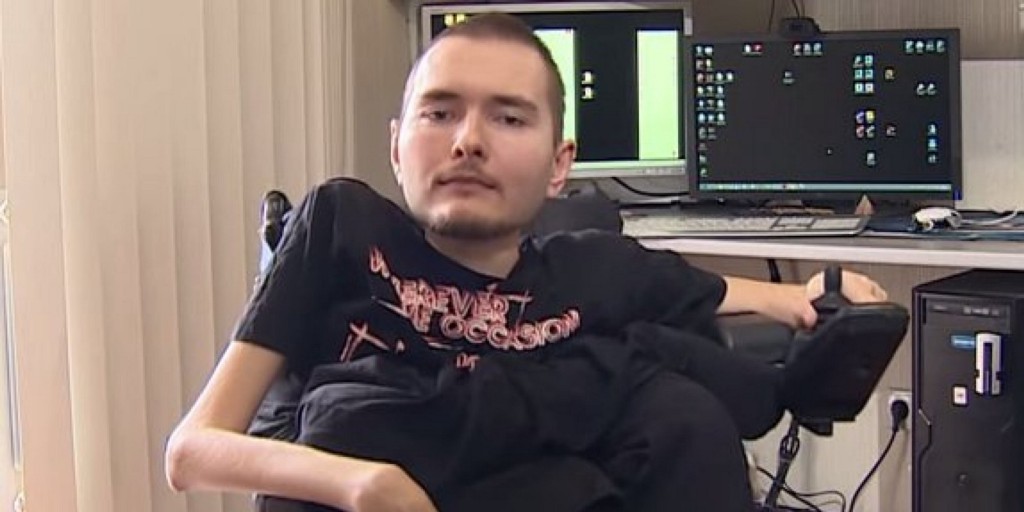What If This Guy’s Head Transplant Operation Actually Works?
by duke_harten, 9 years ago |
4 min read
The surgery should take 36 hours and cost $20 million.

Why, you ask?

“First of all, I am a scientist, I am an engineer, and I am keen to persuade people — medical professionals — that such operation is necessary. I am not going crazy here and rushing to cut off my head, believe me.”Dr. Canavero agrees that the operation is a scientific necessity. But he’s also in it for the glory, citing the Soviet Union’s achievement in sending the first man to space and America’s moon landing as hallmarks of a country’s power and renown. Italy, he reasons, will enter those ranks if his operation is successful. And, as a self-described hedonist, he thinks head transplants might serve as important steps toward immortality.
How?
Put in laymen’s terms, the surgery is fairly straightforward. Two teams of surgeons are assigned to two bodies: Valery Spiridonov, the live volunteer; and a to-be-determined braindead male of roughly the same age and build as Spiridonov. Both men are outfitted with all the necessary medical doodads: breathing tubes, pins, clamps, electrodes — and don’t forget the anesthesia. Then the surgeons freeze Spiridonov’s head and drain it of blood. Using a fancy diamond nanoblade so thin and pricey it could rival the Subtle Knife, Canavero will cut the heads off both men and, basically, make a swap. Spiridonov’s frozen cranium will be set to the donor body, and the mad scientists will sew together arteries and veins but glue together the spinal cords. (Canavero’s secret ingredient is this inorganic polymer glue, which he believes is the magic elixir that will join spines and silence skeptics in a single drying session). After that, it’s a matter of knocking stuff into place, so to speak. Suturing, sewing, and a cartload of immunosuppressant drugs will finish the job. The body’s natural circulation will warm the head to its normal temperature. From start to finish, the operation should take 36 hours and cost $20 million.What then?
After the operation, in theory, Spiridonov will be placed in a monthlong coma to aid healing. Once he wakes up, it’s time to start learning to live in his new body. The ever-optimistic Dr. Canavero reckons it’ll be three to six months until Spiridonov can walk. Let’s say Canavero is right. Let’s say his detractors (of whom there are many) are wrong. Let’s say, for a moment, that Spiridonov is the first successful and long-lived human head transplant recipient. What happens?The good, the bad and the ugly
Of course, much good could come of it. It would be a huge scientific leap forward and there might — might — be a way to parlay the head transplant into solving issues like paralysis or other diseases that affect the body below the neck. But more likely, human nature will prevail—and the expensive transplant will be reserved for the ultra-wealthy class, a people whose ranks — let’s admit it — don’t often include many with conditions like Werdnig-Hoffman Disease. Canavero himself has publicly shrugged at the idea of billionaires using his procedure to gift themselves new bodies in their old age. It’s their money, he reasons. Those who are unwilling or unable to cope with the idea of prolonging life indefinitely? Well, that’s their problem. But if we as a race allow the richest among us to swap out bodies at will, certain questions arise. How often can they have the procedure done? How long will they be permitted to live, and who decides? And where will the donor bodies come from? Picture it: a black market of poor but healthy men and women signing away their bodies to support their families. A league of wealthy oligarchs extending their lives to double (or triple, or quadruple) the normal span. The massive resentment that the new class — the Mortal Class — will feel looking at the freakish longevity of those wizened heads atop youthful bods. It may sound like sci-fi—but it could be the future.✕
Do not show me this again
